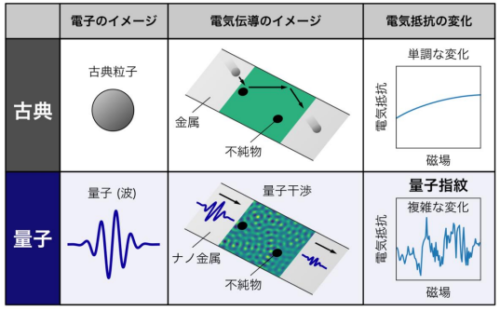デバイスは、健康モニタリングや人間とロボットのインタラクションを支援するために使われるかも。 Devices could be used for health monitoring and to help with human-robot interactions.
2022-06-07 ペンシルベニア州立大学(PennState)
この結果は、ジャーナルの 9 月の印刷版に掲載される前に、Chemical Engineering Journalでオンラインで入手できます。
<関連情報>
- https://www.psu.edu/news/research/story/new-waterproof-sensors-improve-temperature-and-motion-sensitivity-wearability/
- https://www.sciencedirect.com/science/article/abs/pii/S138589472202126X
多孔質グラフェンフォーム複合体を用いた水中温度・微動検知用デュアルモードセンサー Porous graphene foam composite-based dual-mode sensors for underwater temperature and subtle motion detection
Xue Chen,Runze Li,Guangyu Niu,Mingyang Xin,Guizhi Xu,Huanyu Cheng,Li Yang
Chemical Engineering Journal Available online 28 April 2022
DOI:https://doi.org/10.1016/j.cej.2022.136631

Abstract
Soft multimodal sensors in practical applications for health monitoring and human–machine interfaces require them to show sufficiently high sensitivity over wide sensing rages, rapid response and excellent durability, and waterproof property. Herein, we demonstrate a dual-mode sensor based on a porous graphene foam composite to achieve the aforementioned challenging yet attractive performance parameters for strain and temperature sensing. The resulting dual-mode sensor exhibits a strain sensitivity of 2212.5 in the wide piecewise linear range of 0–65%, a rapid response of 0.11 s, an ultralow detection limit of 0.0167%, and outstanding stability over 15,000 cycles. The sensor can also detect temperature with a high sensitivity of 0.97 × 10-2 °C -1 over a wide linear range of 10–185 °C and a small detection limit for sensing both low- and high-temperature environments. Taken together with the waterproof property, the dual-mode sensor can accurately monitor the large, small, and even subtle motions and temperature variations in both dry and underwater conditions. The capability to detect the subtle yet rapidly changing motions from distal arteries and skeletal muscles paves the way for the development of future soft multimodal, waterproof electronic sensing devices toward human–computer interaction, health monitoring and early disease prevention, and personalized medicine.



